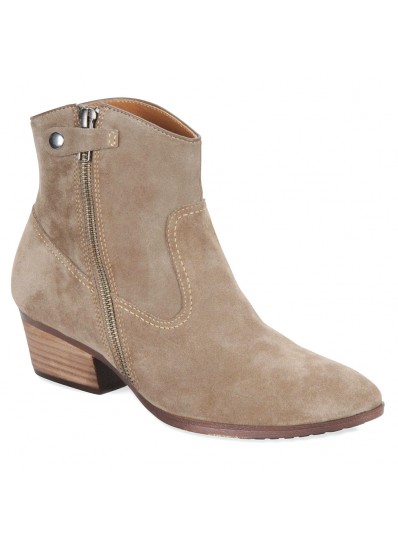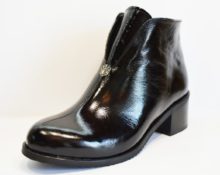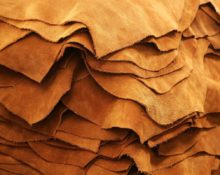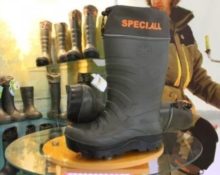Artificial materials entered our lives about 100 years ago. Since then, they have firmly established themselves in various industries, construction, and agriculture. Moreover, some of them are created without the use of weaving methods.
What is spunbond?
This is a non-woven material produced using the technology of the same name. The most popular raw material for it is polypropylene. Other polymers such as polyester and polyamide are also used.
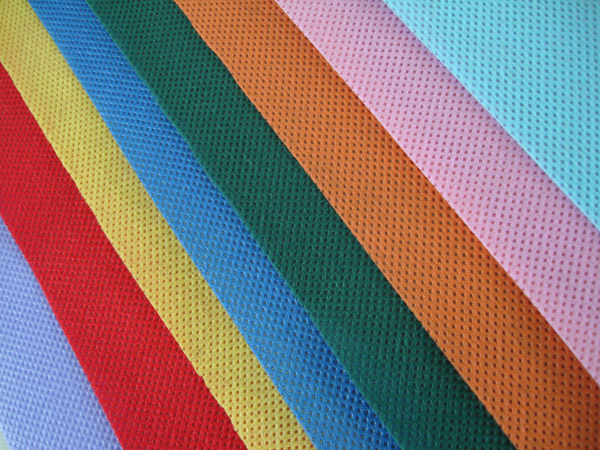
@commons.wikimedia.org
How it is produced
The entire process is automated. First, the polymer is melted and passed through a special mold with mini-holes. The resulting threads then:
- stretch and cool, becoming stronger;
- placed on a conveyor and fastened together by mechanical, chemical, thermal or other means.
By the way! The density of the finished fabric depends on the bonding method and can range from 10 g/m² to 600 g/m².
Properties
Spunbond is good because:
- allows air to pass through;
- has high mechanical strength;
- repels moisture (and the denser it is, the more waterproof);
- retains its shape and does not change structure during temperature fluctuations from -50˚ to +130˚;
- designed for long-term use;
- does not rot and does not form toxic compounds under the influence of external factors.
Application area
It is quite extensive. Spunbond is used:
- As a covering material for plants, including in garden plots.
- As part of insulating and finishing materials for construction work.
- As a raw material for the production of hygiene products: diapers, pads, napkins.
- For sewing disposable workwear that prevents the spread of viruses and germs. It is used to produce uniforms for doctors, nurses, and beauty salon employees. They also make surgical bandages, sheets, and masks.
Spunbond is also called agrofibre, since it can be purchased in domestic garden stores. There it is sold in rolls and most often comes in two colors - black and white. Summer residents take it with pleasure to protect, mulch and reduce the frequency of watering plants. And in conditions of an unfavorable epidemiological situation, it can be used to make an antiviral face mask.


 1
1

